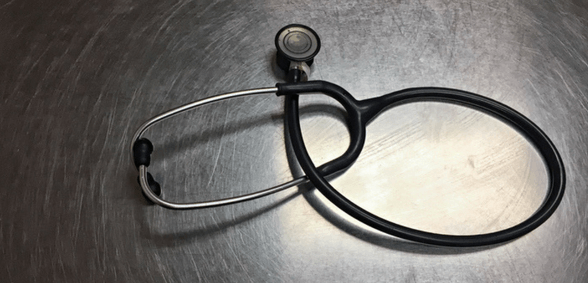
According to The Irish News, the number of GP practices in Northern Ireland has fallen by almost five per cent in recent years; however, the number of practicing GPs has increased
The Irish News reports that on March 31, 2018, there were 333 active GP practices, compared to 350 in 2014; however, GPs – excluding locums – increased by 12% to 1,323 over the same period.
Practice mergers have been cited as the reason for the reduction in GP practices and, in regards to GP numbers, health campaigners were quick to note that the increase is ‘simply a headcount’ and many GPs are opting to work at a part-time capacity.
The GP demographic has also changed since 2014, The Irish News says; 55% of GPs are female and 45% are male – compared to 2014 where 46% were female and 54% male.
Further, according to the Stormont health department figures, community pharmacy numbers in Northern Ireland have increased; there were 532 as of March this year – a seven per cent increase compared to 2008/09.
Prescriptions dispensed during the year surpassed 41.7 million items at an ingredient cost before discount of around £436m – a seven per cent increase on items and six per cent rise in costs since 2013/14.
Items related to the central nervous system accounted for 24% of the total ingredient cost in the past year.
Dr Alan Stout, chair of the British Medical Association’s Northern Ireland GPs committee, said they have been warning about a reduction in practices for many years.
“One of the main factors for this fall is practice mergers, which has led to an increase in the average number of registered patients in each practice,” he said.
“The increase in the number of GPs for the same period is simply a headcount. The reality is that a significant number of newly-qualified GPs are choosing to work less than full time, which is why we still need more GPs to cover the outstanding hours.
“Recent investment in general practice has been welcome however we still do not have enough GPs to deal with growing patient numbers, particularly in rural areas.”
Around two-thirds of the north’s population (64%) are registered with a health service dentist, which is relatively unchanged over the last five years.
Health service dental treatments on children aged 15 and under fell over the period. Fillings reduced by about a fifth (22 per cent), while extractions and orthodontic activity dropped by 11% and 12% respectively.
Ophthalmic practitioner numbers have increased from 643 in 2013 to 781 by March this year.
Just under 464,500 sight tests were provided to patients during 2017/18, with almost two in every three (65%) provided to children aged under 16 or people aged over 65.
Don’t forget to follow us on Twitter, or connect with us on LinkedIn!

Be the first to comment